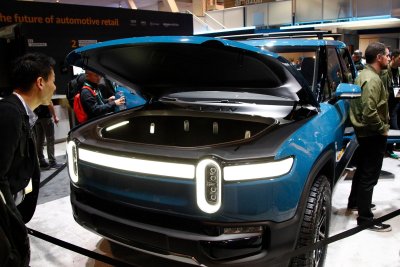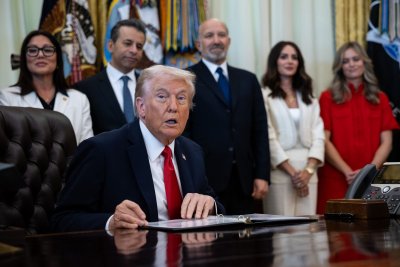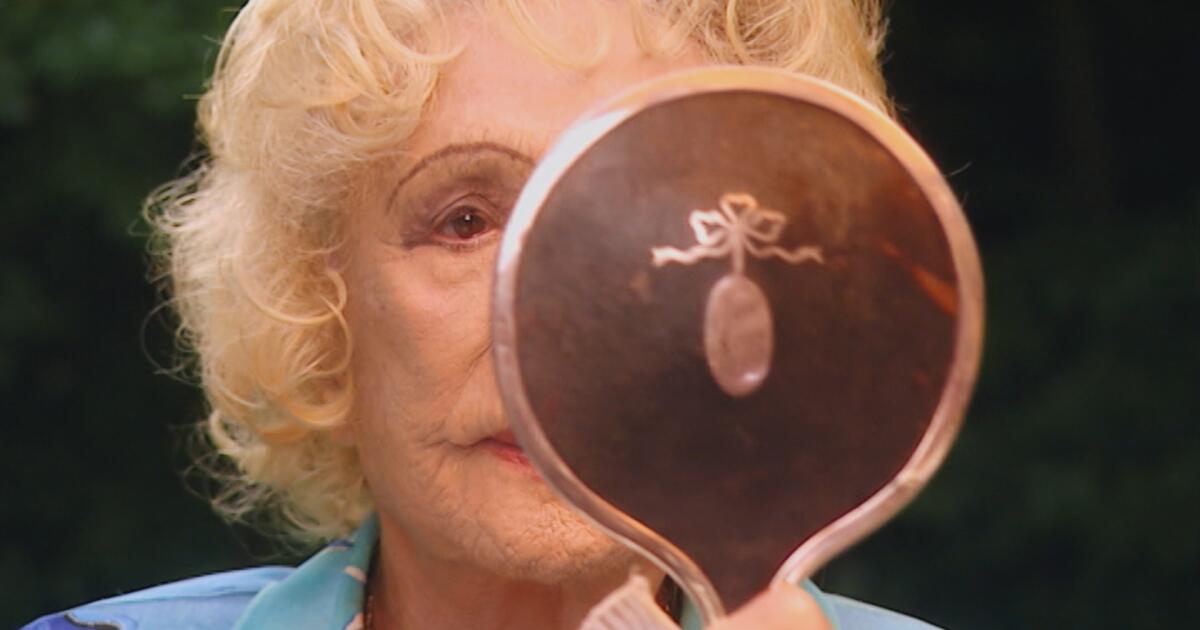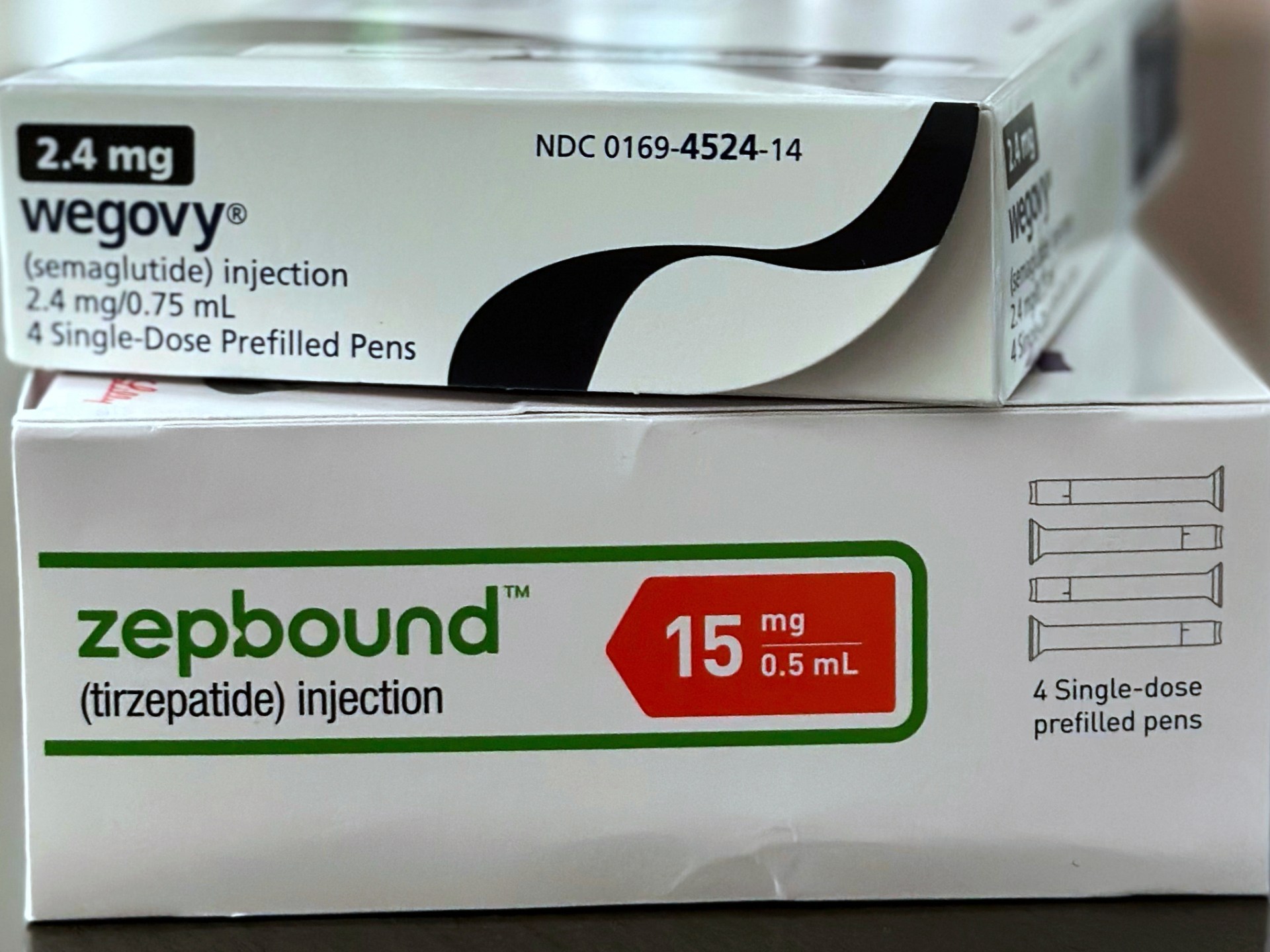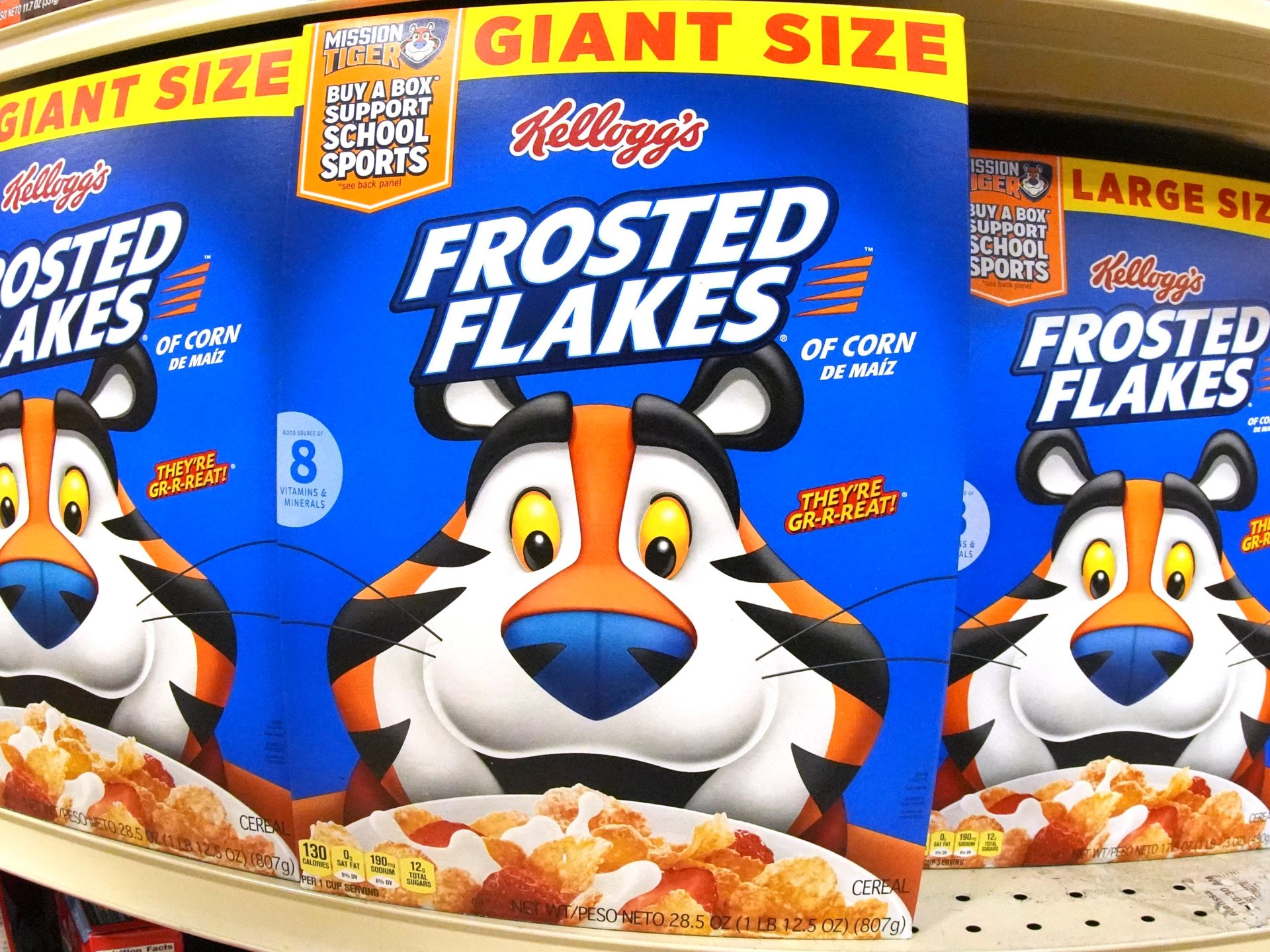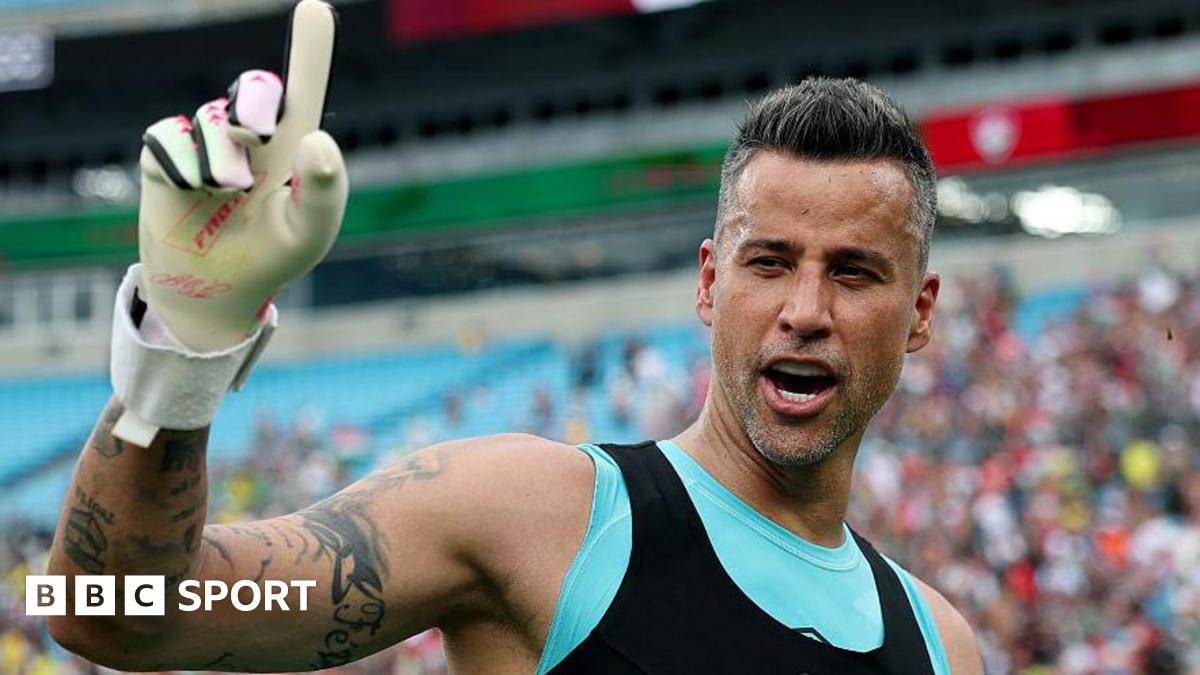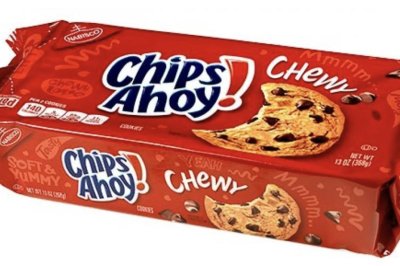Novo Nordisk’s outgoing CEO, Lars Fruergaard Jorgensen, has warned that layoffs at the Danish pharmaceutical giant could be unavoidable as competition heats up against its blockbuster obesity drug Wegovy amid rising pressure from rival Eli Lilly.
Novo Nordisk – which became Europe’s most valuable company, worth $650bn, last year on booming sales of Wegovy – is facing a pivotal moment as the medicine loses market share and sees sales growth slow, especially in the United States.
It has warned of far slower growth this year, in part due to compounders who have been allowed to make copycat drugs based on the same ingredients as Wegovy due to shortages. Novo Nordisk, which according to its website has 77,000 employees, cut its full-year sales and profit forecasts last week, wiping $95bn off its market value since.
The slide is a vast and abrupt turnaround for the firm that has been one of the world’s hottest investment stories, which led to a rapid expansion of manufacturing and sales capacity. Now the company is eyeing potential cost-cutting measures.
Layoffs loom
“We probably won’t be able to avoid layoffs,” Jorgensen told Danish broadcaster DR. “When you have to adjust a company, there are some areas where you have to have fewer people, some [areas] where you have to be smaller.”
He added, though, that any decision on layoffs would be in the hands of the incoming CEO, company veteran Maziar Mike Doustdar, who takes over on Thursday.
On a media call, Jorgensen said the market for copycat versions of Wegovy’s class of drugs – known as GLP-1 receptor agonists – was of “equal size to our business” and compounded versions of Wegovy were sold at a “much lower price point”.
In May, Novo Nordisk said it expected many of the roughly one million US patients using compounded GLP-1 drugs to switch to branded treatments after a US Food and Drug Administration ban on compounded copies of Wegovy took effect on May 22, and it expected compounding to wind down in the third quarter.
However, finance chief Karsten Munk Knudsen said on Wednesday that more than one million US patients were still using compounded GLP-1s and that the company’s lowered outlook has “not assumed a reduction in compounding” this year.
“The obesity market is volatile,” Knudsen told analysts when asked under what circumstances the company could see negative growth in the last six months of the year. The low end of the firm’s new full-year guidance range would be for “unforeseen events”, such as stronger pricing pressure in the US than forecast, he said.
The lower end of the range would imply sales around 150 billion Danish krone ($23bn) in the second half of 2025, compared with 157 billion krone ($24.5bn) in the same period last year.
Knudsen reiterated that the company was pursuing multiple strategies, including lawsuits against compounding pharmacies, to halt unlawful mass compounding.
Jorgensen said the company was encouraged by the latest US prescription data for Wegovy. While the drug was overtaken earlier this year by rival Eli Lilly’s Zepbound in terms of US prescriptions, that lead has narrowed in the past month.
Second-quarter sales of Wegovy rose by 36 percent in the US and more than quadrupled in markets outside the US compared to a year ago, Novo Nordisk said.
While Wegovy’s US pricing held steady in the quarter, the company expected deeper erosion in the key US market in the second half, due to a greater portion of sales expected from the direct-to-consumer or cash-pay channel, as well as higher rebates and discounts to insurers, Knudsen said.
He said Novo Nordisk was expanding its US direct-to-consumer platform, NovoCare, launched in March, and may need to pursue similar “cash sales” directly to patients, outside of insurance channels, in some markets outside the US.
Cost cuts
Novo Nordisk reiterated its full-year earnings expectations on Wednesday after last week’s profit warning.
Jorgensen said the company was acting to “ensure efficiencies in our cost base” as it announced it would terminate eight research and development projects.
“There seems to be a larger R&D clean-out than usual, but we do not know if this reflects a strategic re-assessment or just a coincidence,” Jefferies analysts said in a note.
Investors have questioned whether the company can stay competitive in the booming weight-loss drug market. Several equity analysts have cut their price targets and recommendations on the stock since last week.
Shares in Novo Nordisk plunged 30 percent last week – their worst weekly performance in over two decades. The stock has continued to tumble since the market opened in New York. As of 12pm local time (16:00 GMT), the pharmaceutical giant was down by more than 3.3 percent.
